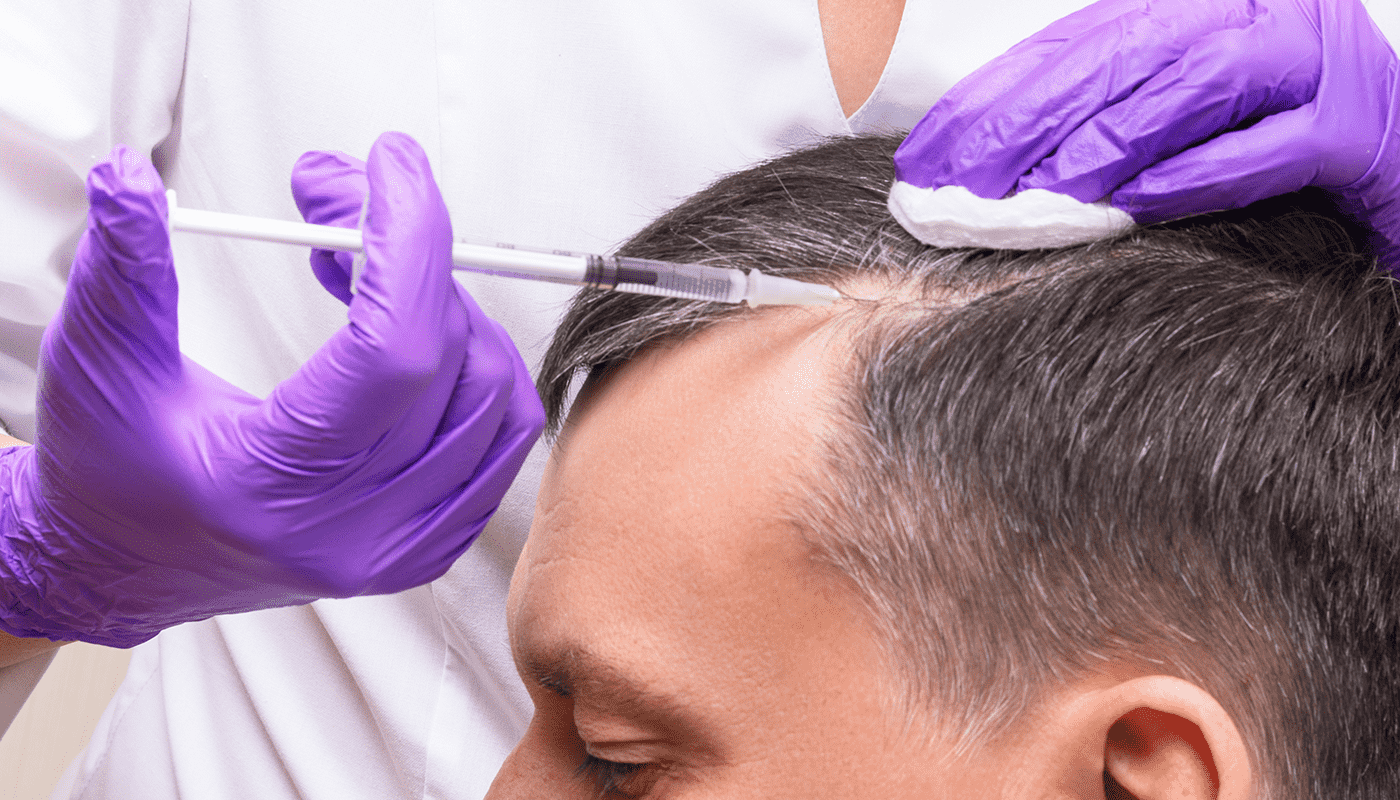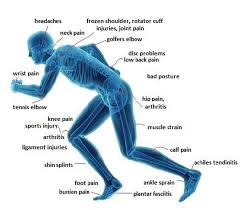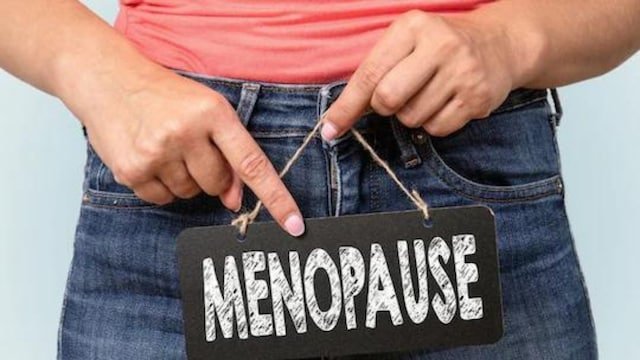PRP hair treatment has gained immense popularity as a non-surgical solution for hair loss. This advanced therapy utilizes platelet-rich plasma extracted from the patient’s blood to stimulate hair follicles and promote natural growth. Many individuals turn to PRP Hair Treatment in Dubai as a reliable option to restore hair density and improve scalp health.
PRP for hair loss is a gradual process that requires time and patience. While initial improvements may be noticed within a few weeks, significant results generally take months to become visible. Various factors, such as the patient’s overall health, extent of hair loss, and adherence to post-treatment care, can influence the effectiveness of PRP therapy.
Understanding the PRP Hair Growth Timeline
PRP hair therapy follows a structured timeline, and results vary from person to person. Below is an approximate breakdown of what patients can expect after undergoing PRP treatment:
First Month: Initial Response
- Mild shedding may occur as weaker hair strands fall out.
- Improved scalp circulation begins to nourish hair follicles.
- No visible hair growth at this stage.
Three to Four Months: Noticeable Changes
- New hair strands start to emerge.
- Hair thickness gradually improves.
- Reduction in excessive hair shedding.
Six to Nine Months: Significant Growth
- Hair follicles become stronger and healthier.
- Balding areas show visible hair regrowth.
- Hair texture and density improve noticeably.
One Year and Beyond: Final Results
- Maximum hair growth potential is achieved.
- Ongoing PRP maintenance may be required to sustain results.
- Hair appears fuller, healthier, and more resilient.
Factors That Influence PRP Effectiveness
Several factors determine how long PRP for hair loss takes to work.
Individual Hair Growth Cycle
Hair growth occurs in cycles, and PRP must align with the natural phases of hair regeneration for optimal results.
Extent of Hair Loss
Individuals with mild to moderate hair loss tend to respond better to PRP than those with severe baldness.
Consistency of Treatment Sessions
PRP therapy is typically performed in multiple sessions spaced four to six weeks apart. Patients who complete the recommended treatment schedule see better outcomes.
Overall Health and Lifestyle
Nutritional deficiencies, stress, and underlying medical conditions can impact PRP results.
Quality of PRP Preparation
The concentration of platelets in the plasma and the method used to process the blood sample affect the treatment’s efficacy.
How PRP Works on the Scalp
PRP therapy is a three-step process that enhances hair regrowth:
- Blood Extraction: A small amount of blood is drawn from the patient’s arm.
- Platelet Separation: The blood sample is processed in a centrifuge to separate platelet-rich plasma.
- PRP Injection: The concentrated plasma is injected into targeted areas of the scalp.
This method delivers essential growth factors to the hair follicles, stimulating natural hair regeneration over time.
Comparison of PRP Response Based on Hair Loss Stages
| Hair Loss Stage | Expected PRP Response |
|---|---|
| Mild Hair Thinning | Faster and more noticeable results |
| Moderate Hair Loss | Gradual improvement with consistent sessions |
| Advanced Balding | Limited regrowth; may require combination treatments |
Common PRP Side Effects and Recovery
PRP therapy is minimally invasive, with little to no downtime. However, some temporary side effects may occur:
- Mild redness and swelling at the injection sites.
- Slight tenderness or discomfort on the scalp.
- Temporary hair shedding in the initial weeks.
Most patients resume their normal activities immediately after the procedure. Following aftercare instructions, such as avoiding harsh hair products and excessive sun exposure, can enhance the healing process.
FAQ’s:
How many sessions are required for PRP to show results?
Most patients need three to four sessions, spaced four to six weeks apart, to see noticeable improvements.
Is PRP therapy painful?
PRP injections may cause mild discomfort, but numbing agents can be used to minimize pain.
Can PRP regrow hair in completely bald areas?
PRP works best for thinning hair and early-stage hair loss. It may not be effective for fully bald areas.
When can I expect to see visible hair regrowth?
Visible changes typically start after three to four months, with full results appearing after six to twelve months.
Does PRP work for all types of hair loss?
PRP is effective for androgenetic alopecia and certain types of hair thinning, but it may not work for scarring alopecia or medical conditions affecting hair growth.
Patient Outcomes Based on Age Group
| Age Group | Response to PRP |
| 20s-30s | Faster and more effective regrowth |
| 40s-50s | Moderate improvement, slower response |
| 60+ | Limited response; may need additional treatments |
Conclusion
PRP for hair loss is an effective and natural way to stimulate hair growth, but results take time. While some patients notice initial changes within a few months, significant improvements typically occur after six to twelve months. The success of PRP treatment depends on factors such as hair loss severity, overall health, and adherence to the treatment plan. Regular follow-up sessions and a healthy lifestyle can help maintain the results for long-term hair restoration.



